#poisonous flowers
Text


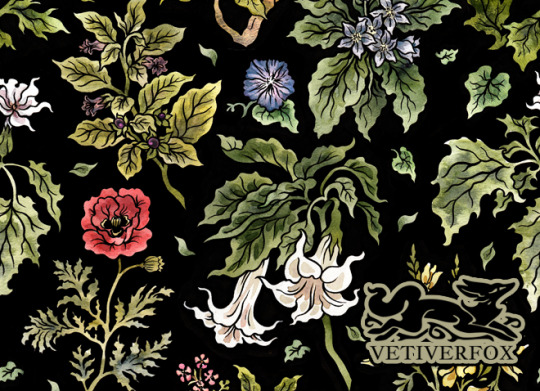
“Treacherous Garden” by @vetiverfox
Joggers with deep pockets, in sizes to fit SM-5X on WV
#witch vamp#vetiverfox#fashion#joggers#pants#treacherous garden#poisonous flowers#floral#florals#dark floral#gothic flowers#nature#nature design#nature art#nature aesthetic#dark forest#dark nature#flowers#plants#botany#garden#casual goth#comfy#goth#gothic#goth aesthetic#nature goth#witchy#witchy vibes#garden witch
508 notes
·
View notes
Text
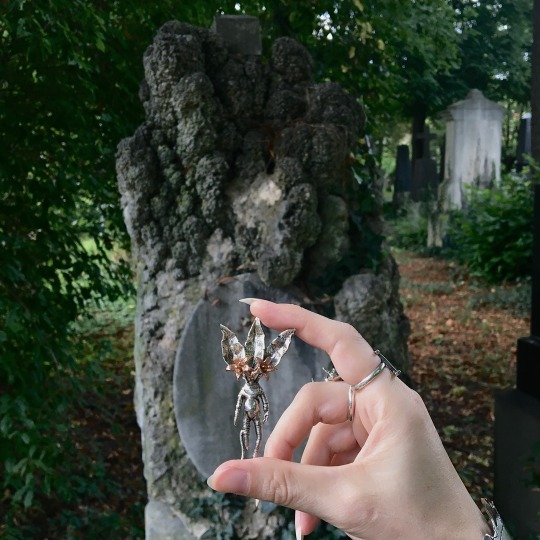
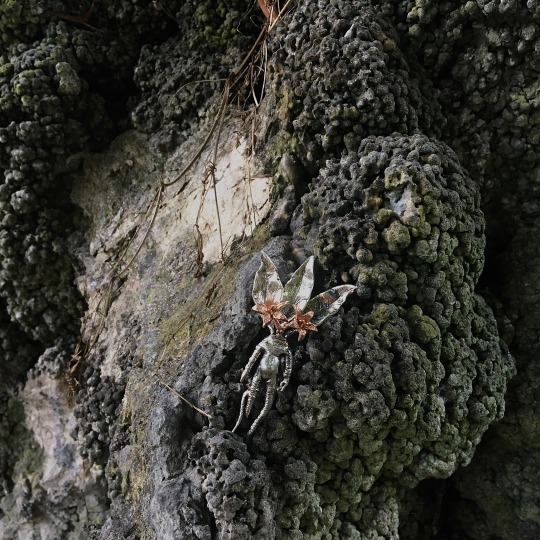
Mandragora, silver mandrake jewelry ("with flowers" version) hand carved by Moon and Serpent Website or Etsy
For more, please follow my Tumblr or Instagram
#moon and serpent#artists on tumblr#handmade jewelry#botanical jewelry#witch jewelry#poisonous plants#mandrake root#mandragora#poisonous#poison path#poisonous flowers#witchcraft#witch aesthetic#gothic aesthetic#paganism#fantasy art#faerie
84 notes
·
View notes
Text
A Completely Normal Post About Plants.
Specifically the poison kind. A continuation of this conversation with @crowsandturtlesandbatsohmy and @icequeenabby.
I will go over some of my favorite poisonous plants, and a plant that @nyaboshi brought up because it's really cool. I will share a picture of each plant, a fun fact about it, if it is used in medicine or if it has another purpose, the type of poison/toxin it contains, and what that does to the human body.
Disclaimer: I am not an expert. Just someone who enjoys hyperfixating on many different subjects. Enjoy my brain rot.
Anyways the plants:
CW: Mentions of death, execution, and poison (obviously lol)
IMPORTANT!!!! Just in case I forget to mention this on any of these plants, every part of all these plants is toxic.
Another note: Whenever I refer to gastrointestinal issues/diseases, I am usually referring to nausea, vomiting, diarrhea, stomach/abdominal pain, etc.
Foxglove
(Digitalis)

My favorite poisonous flower.
Did you know that this flower is mistaken for Comfrey, another plant who's leaves are used to make tea? This mistake has resulted in illness and several deaths.
Truly akin to this scene (iykyk):
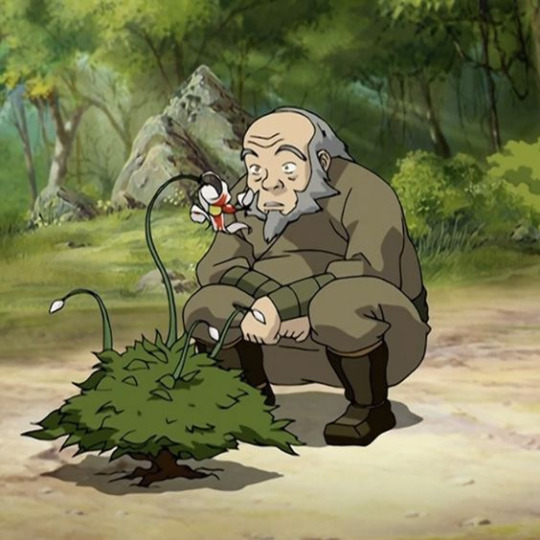
Uses: This is used in certain medicines to slow down heart rates, due to high blood pressure, and in medicines for heart failures. It is possible to be poisoned from overdosing on this medicine.
Type of poison: Foxglove has a toxin known as digitalis/digoxin. Side effects of this poison include blurred vision/yellow or green vision [xanthopsia] (and seeing a halo like shape around lights), fatigue, gastrointestinal effects, weakness, bradycardia [a heart rate under 60 bpm], lower platelet counts (thrombocytopenia), arrhythmias [irregular heart beats], and the very rare case of cardiorespiratory failure. These symptoms can occur through consumption of the plant, and sometimes through over doses on the medicine. It can cause irritations to the skin, like rashes, if touched, and can cause terrible reactions from its pollen in certain individuals.
Oleander
(Nerium Oleander)


Many oleanders have a sweet, vanilla-like smell, however it is not recommended to smell them up close. These plants have been well documented in history, from Greek mythology to Vincent Van Gogh's painting titled "Oleanders." Despite it's deadly nature, it is quite popular among gardeners.
Uses: This plant is traditionally used to treat heart problems, asthma, and even cancer, but there is not enough evidence to support this actually having a positive effect. However there is more evidence of the leaves of the oleander being used as an effective anti-inflammatory and antioxidant under the right dosage.
Type of poison: The main type of poison in this plant is called toxic cardiac glycosides. But it also contains the poisons oleandrin, oleondroside, and digitoxigenin. These chemicals are found in all parts of the plant and affects the heart the most. The side affects if consumed include gastrointestinal effects, xanthopsia (yellow vision), eye irritation and burning sensation, effects to the nervous system such as tremors, seizures, coma, and cardiac effects including an increased heart rate that quickly slows to the point of death in some cases. If touched, it causes skin irritations and rashes, and can cause respiratory issues of the wood and leaves are burned.
Japanese Pieris
(Pieris Japonica)


This is a plant that @nyaboshi shared with me. This plant is native to several countries in Asia, including Japan, China, and Taiwan. It is a symbol of powerful beginnings and new opportunities.
Uses: The main use of this plant is for a honey made from this plant called "Mad Honey," and it is used as a traditional medicine and for intoxication (which can lead to overdose and poison).
Type of poison: These plants contain Grayanotoxins. These affect the brain, nervous system, and heart. If consumed, this plant causes blurred vison, slower heart rates and lower blood pressure, gastrointestinal effects, weakness, fainting, cardiac failures, coma, and neurological side effects.
Deadly Nightshade
(Atropa Belladonna)


Quite the popular choice for poisoning. There are many many references to this plant in popular books, shows, and movies. It is also famous for being tied to witchcraft. Belladonna, as it is commonly known, is one of many in the Nightshade plant family. Some well known edible Nightshades include tomatoes, potatoes, eggplants, and tomatillos. But Belladonna isn't the only dangerous plant in the Nightshade family, she has other deadly sisters.
Uses: This was used in cosmetics once upon a time. Please do not use it as such please. Surprisingly, there are many uses for Belladonna! Under the right doses, correct mixing of chemicals, and correct consumption/other way of taking this plant can help in reducing symptoms asthma, motion sickness, hemorrhoids, whooping cough, irritable bowel syndrome, and a few other ailments.
Type of poison: This plant contains alkaloids, such as hyocyamine, scopolamine, and atropine. Belladonna is known as one of the most toxic plants that we know of. Consuming this plant, including medicated Belladonna, can cause cardiovascular diseases (and other heart problems such as tachycardia [increased heart rate]), gastrointestinal disorders, complications during pregnancy, psychiatric/neurological disorders, rash, headache, staggering/loss of balance, delirium, dilated pupils, blurred vison, sensitivity to light, severely dry throat and mouth, hallucinations, confusion, constipations, and convulsions.
Touching these plants can cause severe dermatitis and may cause its toxins to seep through the skin.
Giant Hogweed
(Heracleum mantegazzianum)
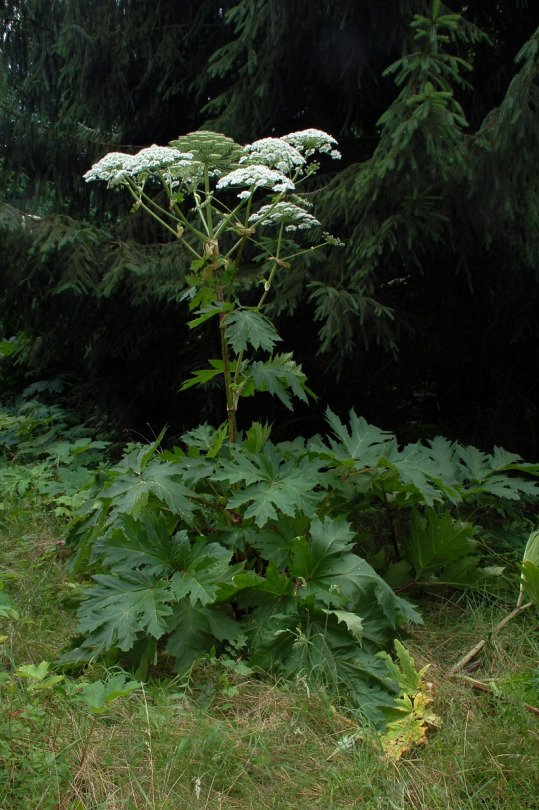
Considered to be a very invasive species. It is widespread across east to west Europe, Canada, and in the united states. Because of it's dangerous nature, it is deemed by U.S. officials to be a noxious plant, so that the spread of this plant can be limited.
Uses: Not really. Its cousin the common hogweed was used in some medicines, but I would not recommend going near these.
Type of poison: The sap of this plant contains furanocoumarins, which combined with sunlight is severely phototoxic. When any part of the plant is touched, but especially the sap, this causes severe phytophotodermatitis, a terrible and serious skin inflammation, that includes severe blistering (and I mean SEVERE! If you have a strong stomach look it up examples of reactions you dare), a deep red rash, and even photosensitivity. And if you accidentally touch your eyes after exposure, it can harm your vision and even cause blindness.
I haven't seen information for when it's consumed, which is a good thing. It would probably cause intense internal damage.
Please just avoid this plant. For some reason I do not like this plant one bit. Whenever I see this plant I go : ಠ╭╮ಠ
Poison Hemlock
(Conium Maculatum)

You have probably heard of this plant or one of its siblings. This plant was used to execute prisoners in ancient Greece, including the famous philosopher Socrates. Fun plant huh? Also invasive.
Uses: Has been used as a sedative, antispasmodic treatment for symptoms of irritable bowel syndrome, and for some respiratory diseases, all in very small doses. However, there is not enough evidence to really tell if these are positively effective.
Type of poison: Similar to Belladonna, this plant contains alkaloids, including C. maculatum, conium, and coniine. If ingested, it attacks the nervous system, and can cause fatal neuromuscular dysfunction as it will stop the movement of muscles in important organs including respiratory muscles, muscular paralysis, unconsciousness, coma, urination, depression, trembling, and weak or slow heartrate.
It is generally safe to touch poison hemlock, but it is better to be careful and safe.
Bittersweet Nightshade
(Solanum Dulcamara)

Remember I mentioned Belladonna plants have other deadly siblings? Meet her bittersweet sister. In the Middle Ages this plant was said to ward off witchcraft (because of course it was). An interesting fact about this plant is that while it is toxic to humans, there are several bird species that love feasting on the berries.
Uses: This is used for skin conditions such as acne, eczema, itchy skin, broken skin, and a few others. It is also used for inflammation and easing arthritis, along with easing respiratory issues and illnesses like bronchitis, asthma, and pneumonia.
Type of poison: This plant contains solanine and a glycoside called dulcamarine. If consumed, and if over consumed via medical prescription, this plant can cause several gastrointestinal problems, confusion, mydriasis (dilation of the pupil), paralysis, delirium, numbness, shortness of breath, low pulse/slowed heartrate, convulsion, and weakness. It is unwise to take this during pregnancy.
This plant like is sister plant, should not be touched. Its toxins can be absorbed through the skin. So no touchy!
Western Monkshood/Wolfsbane
(Aconitum Columbianum/Aconitum Napellus)

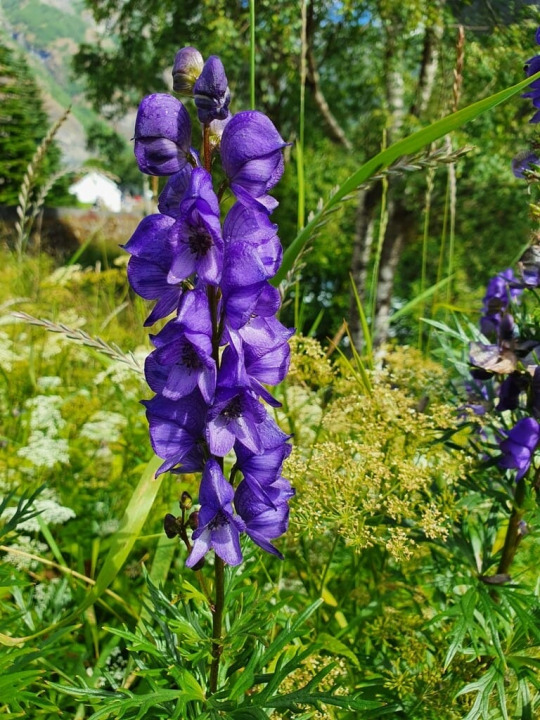
This is plant is surrounded by myth and a long history. In folk tales, it was considered to kill werewolves and normal wolves, hence one of its names. In ancient times it was occasionally used as an herbal medicine, however, it has more of a reputation as a poison for executions and assassinations.
Uses: Once upon a time, this plant was used to reduce fevers, as an anti-inflammatory, sedative, and to relieve other ailments. However, this plant is considered to be one of the most poisonous plants in Europe, so the thought of someone using this today, is very unlikely.
Type of poison: This plant contains aconitine and mesaconitine, which is a dangerous neurotoxin and cardiotoxin. Side effects of consumption include gastrointestinal issues, cardiovascular issues (weak/irregular heartbeat, slowing and stopping of the heart), difficulty breathing, asphyxiation, neurological issues, paralysis, pain, convulsions, multiple organ failure (especially of the liver and kidneys), numbness (especially of the mouth and tongue), and paraesthesia (feeling sensations in the skin for no apparent reason, like feeling cold, tingly, or clammy).
Do not touch this plant. The toxins can be absorbed through the skin, and can cause many of the same effects if consumed, and can cause numbness wherever you touched the plant.
Lily of the Valley
(Convallaria Majalis)

Such a pretty pretty flower to finish of this list! This flower has been the national flower of Finland since 1967 (my gran's home country)! It is also the national flower of Yugoslavia. This plant is very popular, and has been used in many wedding bouquets, has been in several myths, the subject of art, poetry, music, and even shows (like "Breaking Bad").
Uses: Besides it being used for its sweet fragrance, it is supposedly effective heart problems, such as irregular heartbeat and heart failure, urinary tract infections, and kidney/bladder stones (HOWEVER, THESE ARE CLAIMS OF FOLK MEDICINE, NOT FACT).
Type of poison: This plant contains convallatoxin, which is similar to digitalis. If ingested it can cause heart problems such as irregular heartbeat/slow heartbeat and collapse, gastrointestinal issues, loss of appetite, excessive urination, confusion, drowsiness, weakness, depression, headache, disorientation, and lethargy.
This plant may cause skin irritation and possibly a rash/hives if handled for too long.
________________________________
There are many other plants I have done research on, including mushrooms, but I'll stop here for now (for my sanity). I hope y'all enjoyed reading this!!!
*Bows*
Have a good day or night!!
I shall now pass out.
#exhausted's half awake jumbles#hyperfixation time babyyyyyyyyy!!!!!!!!!!!#cw mentions of death#tw mentions of death#cw poison#tw poison#poisonous plants#poisonous flowers#fun facts#medical terminology#cw mentions of execution#tw mentions of execution#I'm not going to be caught by the content/trigger warning police today!
6 notes
·
View notes
Text

A poisonous pride icon for @ladyrabahber ! :>
The flowers here are Lantanas, Mountain Laurels, Azaleas and Oleanders!
7 notes
·
View notes
Text

Preserved wolfsbane flowers in cloche + wolf fur.
#dried flowers#preserved flowers#aconitum napellus#aconite#wolfsbane#wolf fur#wolf pelt#taxidermy#taxidermy wolf#floral art#cottagecore#cottagecore aesthetic#dark cottagecore#cottagecore decor#crafts#handmade#cottagecore crafts#crafting#poisonous plants#poisonous flowers#artists on tumblr
22 notes
·
View notes
Text

its my first try to make a game. and you can actually play in it
i also did a stream but no one comes
link: just a game to check how's this program works by nadyachernaya (itch.io)
#my game#visual novel#weirdcore#dreamcore#traumacore#flower#roses#rose#poisonous flowers#weirdcore game#game#rpg maker#indie game#Original
14 notes
·
View notes
Text
That's a pretty flower, so bright and happy
This flower wouldn't hurt anyone, I'm sure its just delightful
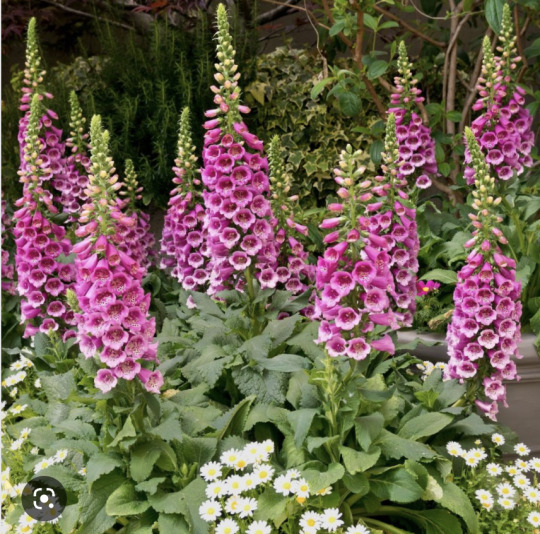
#medical meme#plantblr#plant biology#nursing#healthcare#this is foxglove#digoxin#nursing school meme#why does it look tasty though#me want bite#i believe there are nursery rhymes about this plant#funny#poisonous flowers#I want to be sparkly and pinks and purples but the world is on fire and I am angry#Im tired and thought this was funny#Digoxin is a really intense med that treats heart failure but will also kill you dead
37 notes
·
View notes
Note

Sherlock… There’s something in the hallway for you, and it’s not just my apology…
Is that aconitum napellus? Are you trying to poison me or really apologise?
#roleplay#bbc sherlock#sherlock roleplay#john watson#johnlock#sherlock bbc#johnlock roleplay#rp#sherlock holmes#sherlock#poisonous flowers#flowers#bouquet#sherlock rp#johnlock rp
82 notes
·
View notes
Photo

Nightshade!
i just wanted to draw a lil ghost but i thought it would be fun to get some inspiration from a poisonous flower so...
links to the other poisonous flower ghost :)
Angel’s trumpet | Foxglove | Oleander | Flame lily
#ghost#nightshade#poisonous flowers#my art#creature design#?#mint draws#artists on tumblr#art#Illustration#i think they ended up pretty cute :)#character design#poisonous flower ghost
18 notes
·
View notes
Text
Three stunning @vetiverfox skater skirts are available now, exclusively on Witch Vamp during February Preorders thru 2/27/24:

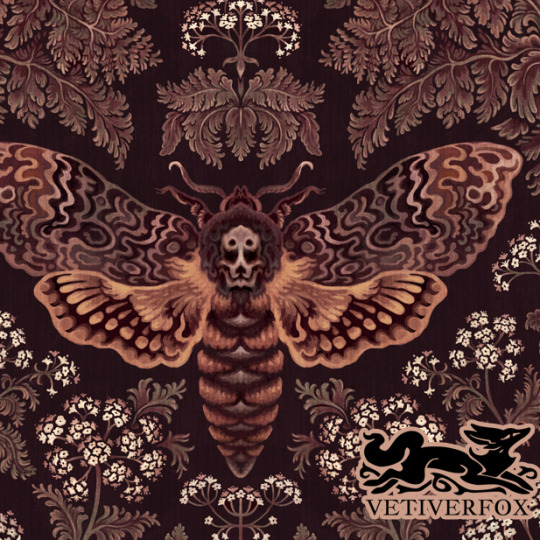
"Death's Head Moth"


"Treacherous Garden"


"Unicorn Tapestry"
★Sizes to fit XXS-6X, with super deep pockets!★
🖤witchvamp.com🖤
#vetiverfox#witch vamp#skater skirt#skater skirts#skirts#cute skirts#goth#gothic#dark forest#dark magic#dark floral#gothic vibes#unicorn#unicorn art#poisonous flowers#poison#death's head hawkmoth#death's head moth#deaths head moth#moths#dark academia#dark aesthetic#medieval#unicorn tapestries#florals#floral design#medieval unicorn#skirts with pockets#plus size friendly#thanks it has pockets
78 notes
·
View notes
Text
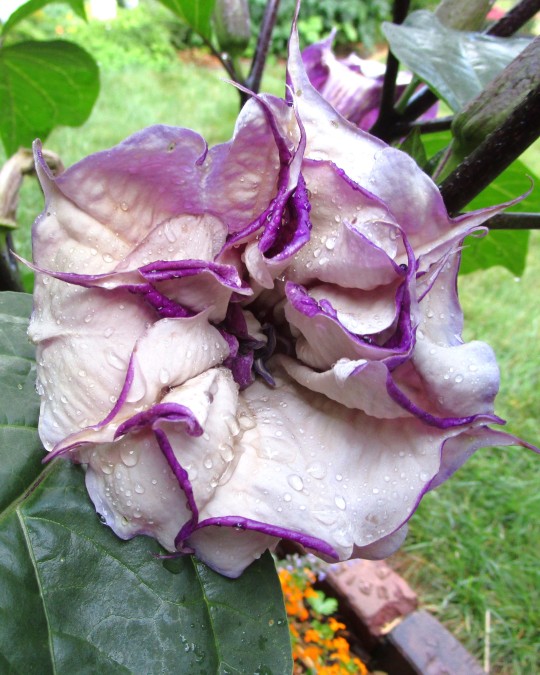
Double Purple Datura - I planted one of these for the first time.
Photo by Charles Reeza
11 notes
·
View notes
Text
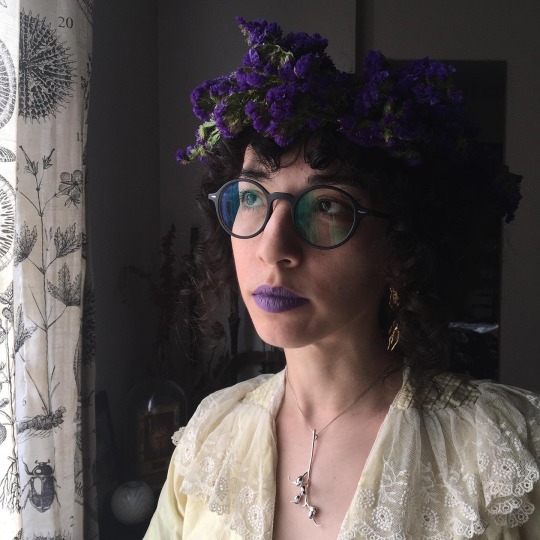
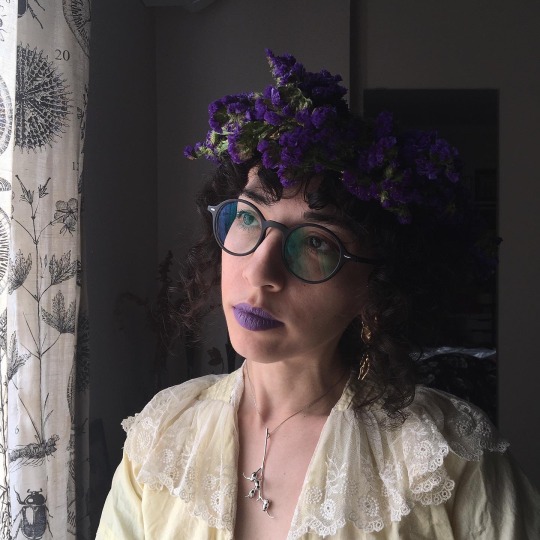
Snapdragon skulls botanical pendant hand carved by Moon and Serpent Website Etsy Instagram
#moon and serpent#artists on tumblr#handmade jewelry#wearable art#snapdragon#botanical jewelry#botany#floral necklace#flower necklaces#floral art#witch jewelry#floral aesthetic#flower crown#poisonous plants#poisonous flowers#poison path#seed pods#garden witch#fairy aesthetic#fairy jewelry
76 notes
·
View notes
Text
My brain always requires me to make characters with oleander flowers and references to Piranesi by Susana Clarke
Oleander flowers are a symbol of love and are seen as related to Aphrodite however the plant is very toxic and deadly while also being beautiful so it can also be interpreted as a kind of sickly sweet unhealthy love
This toxin is called cardenolide oleandrin.
#rambles#piranesi#Susana Clarke#oleander#flowers#flower symbolism#aphrodite#Cardenolide oleandrin#toxic flowers#poisonous plants#poisonous flowers
2 notes
·
View notes
Text

Poisonous Pride YCH Icons are currently available!
$20 flat (Drippy Add-on +$5) (Paypal invoice only)
Human or Anthro OK!
BG and Drip Colors can be any flag/color
Unlimited slots
Message me to claim a slot!
As always, reblogs are appreciated! :>
#commission#your character here#pride icons#poisonous flowers#digital art#i did it i made a big art i'm so excited for these man
9 notes
·
View notes
Text

Wolfsbane cloche necklace pendant.
#cottagecore#cottagecore aesthetic#handmade#crafts#cottagecore crafts#crafting#necklace#wolfsbane#aconite#aconitum napellus#poisonous plants#poisonous flowers#flowers#dried flowers#pressed flowers#handmade jewelry#artists on tumblr
13 notes
·
View notes
